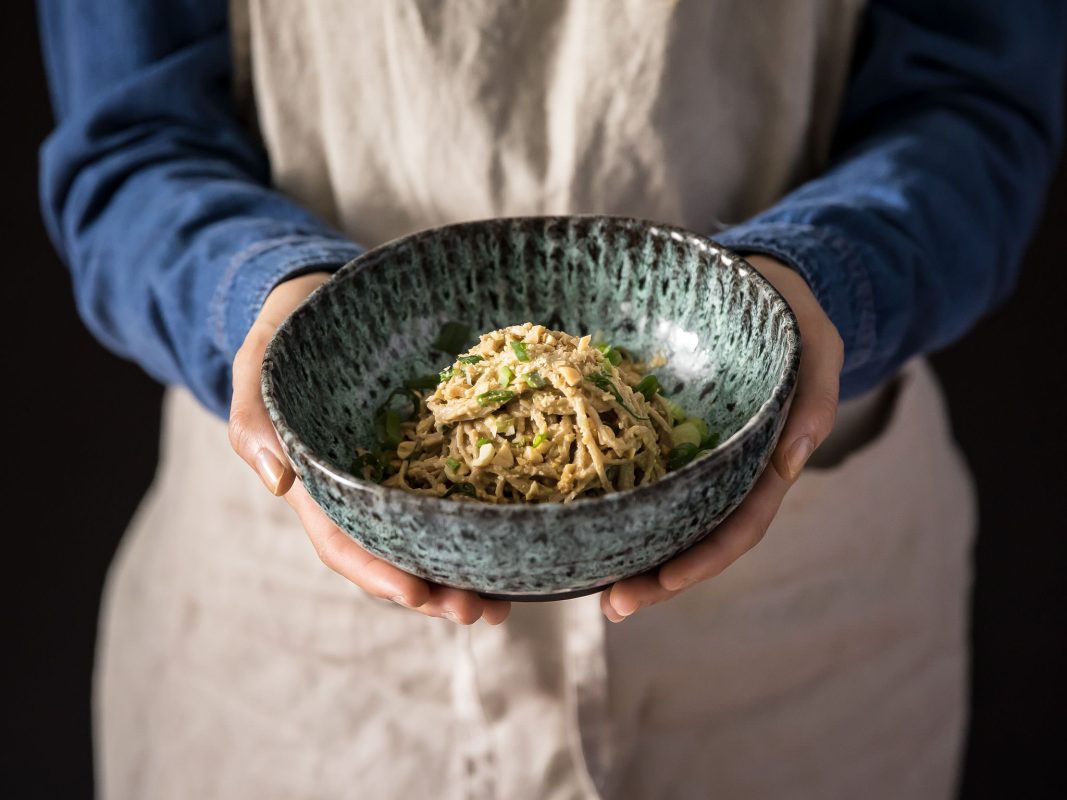No products in the cart.
[Công Thức Nấu Mì Soba Xào Vị Nước Tương Của Asahikawa Kiểu Nhật, Nguyên Liệu] Là một món ăn truyền thống của vùng Asahikawa, Hokkaido, mì soba xào vị nước tương là sự kết hợp hoàn hảo giữa vị ngọt thanh của soba, vị mặn đậm đà của nước tương và hương thơm nồng nàn […]

